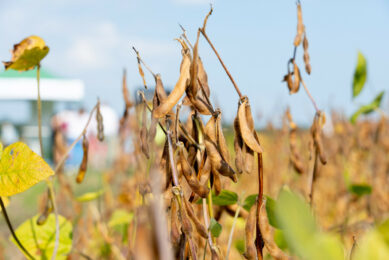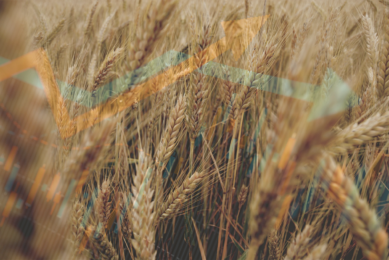Geography and climate to cause Fusarium in China

China, one of the largest producers of agricultural products and animal feed, constantly faces challenges in preventing and controlling Fusarium mycotoxins. A recent review, published in the World Mycotoxin Journal delved into the causes of the problem.
Rice, wheat and maize are the most important crops for food and animal feed in China. Therefore, the quality and safety associated with these crops directly relate to the health of people and livestock locally and internationally. Compared with the relatively low exposure of Fusarium species in rice, wheat and maize have been facing a greater threat. The hazard caused by Fusarium species not only results from yield reduction, but also from the produced mycotoxins, such as trichothecenes, zearalenone (ZEA) and fumonisins. Some of these mycotoxins can lead to acute, chronic and some specialised toxicities, such as mutagenesis, carcinogenesis, teratogenicity and developmental toxicity.
Multiple causes for Fusarium contamination
Every district of China has been affected by Fusarium mycotoxin contamination to varying degrees, with the most seriously affected districts being East China, Central China and North China. Considering the contamination situation and hazards of Fusarium mycotoxins, some researchers have conducted extensive studies for determining the causes of Fusarium mycotoxins. In fact, the occurrence of Fusarium mycotoxins involves multiple causes that result in challenges for their prevention and control. Among these multiple causes, the geography and climate and variety of characteristics of plants are probably the two important drivers in China. Five climate types are represented in China, namely temperate continental, temperate monsoon, subtropical monsoon, Tibetan plateau and tropical monsoon climate. The main districts showing Fusarium mycotoxins contamination are East China, Central China and North China.
Change of legal limits
China is facing the challenges posed by Fusarium mycotoxins affecting the health of people and livestock. Responding to these challenges requires improvements in two main areas: supervision and management by the government and enterprises and relevant improvements in technology research, such as detoxification, cultivation mode and finding varieties with high resistance to FHB. The geography and climate in particular is an important driver but cannot be controlled by the Chinese government. Important to note is that the latest legal limits for Fusarium mycotoxins in feed were promulgated in 2011, and the legal limits in feed are in the process of being revised.
Source: World Mycotoxin Journal











